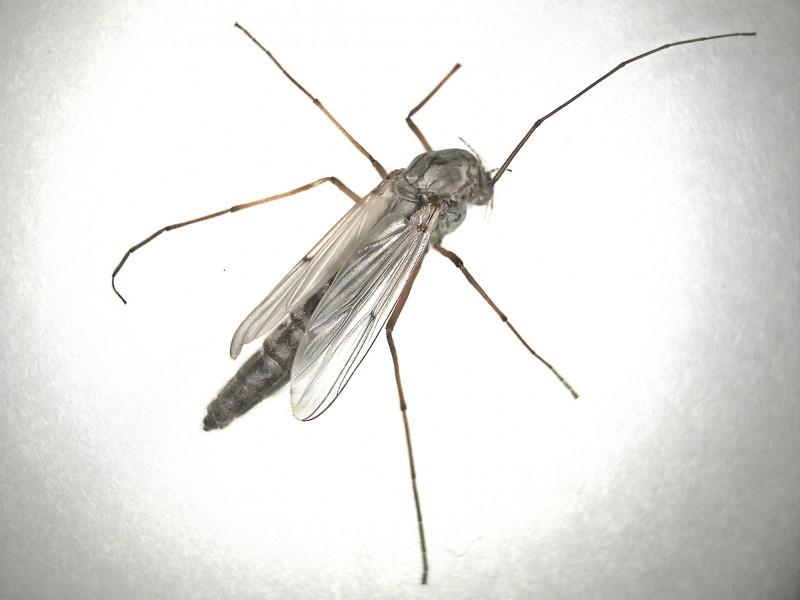Chironomids in extreme environments

Image: B Schoenmakers - waarneming.nl
Non-biting midges (Chironomidae) are very similar to mosquitoes, and are masters at survival.
Their larvae live in waters that can be surprisingly hot (hot springs), cold (Antarctica), deep (2 km!), acidic, saline, ephemeral, or otherwise challenging.
We are interested in comparing larval habitats in South Australia to what is known from the international literature: are the larvae in our Dalhousie hot springs tougher than their counterparts overseas? How acid and salt tolerant are larvae in the Coorong compared to elsewhere? Can our larvae survive desiccation in ephemeral water bodies, like the ones in Africa?
The exact focus and hypothesis to be tested will be developed under this umbrella, depending on the interests and skills of the student - it could include aspects of vulnerability to climate change, molecular approaches to cryptic species identification, and biodiversity conservation.
Supervisor
- Professor Phil Weinstein
- Co-supervisor: Professor Andy Austin
Research area: Invertebrate physiology and ecology
Recommended honours enrolment: Honours in Ecology and Environmental Science
